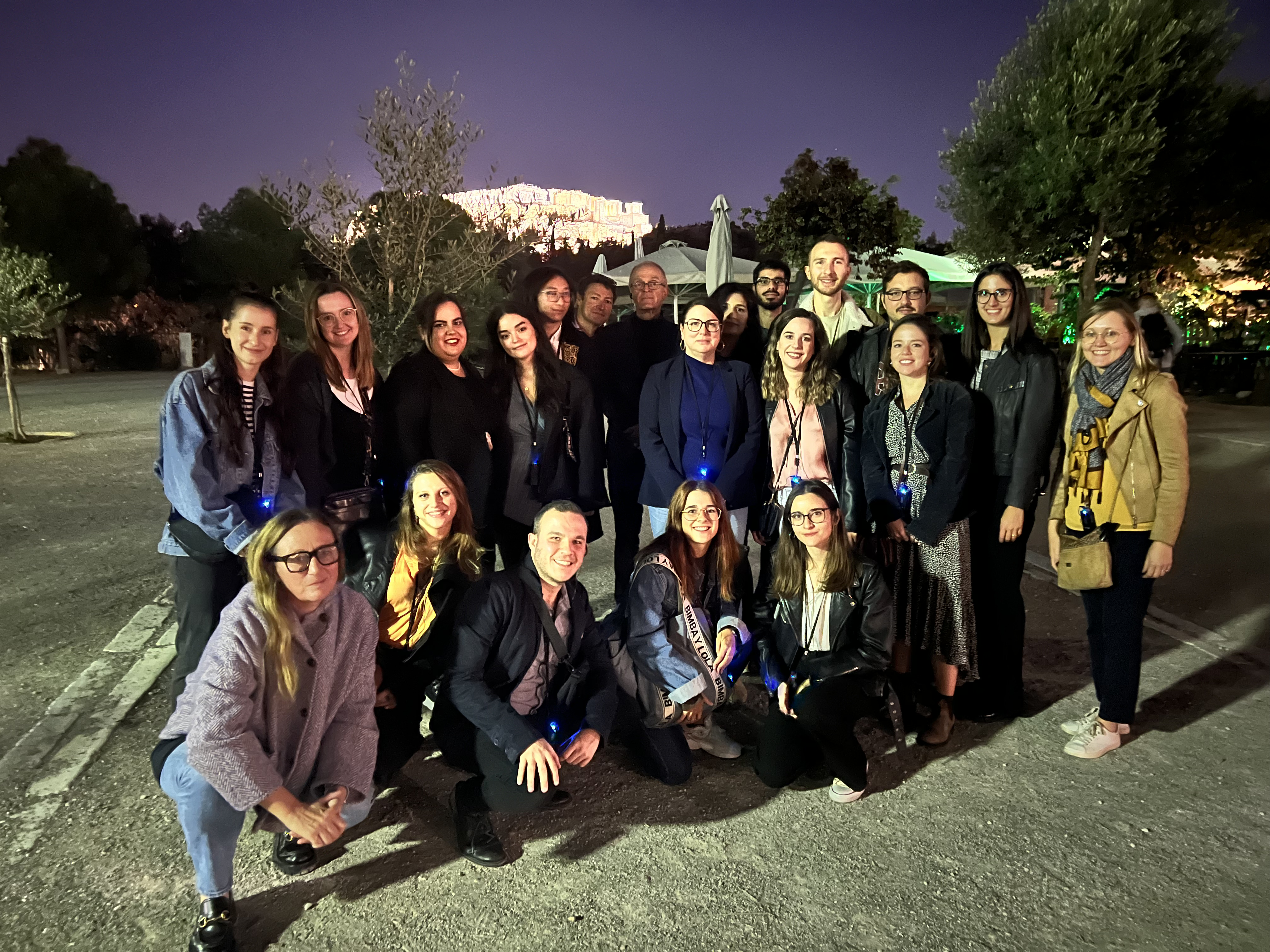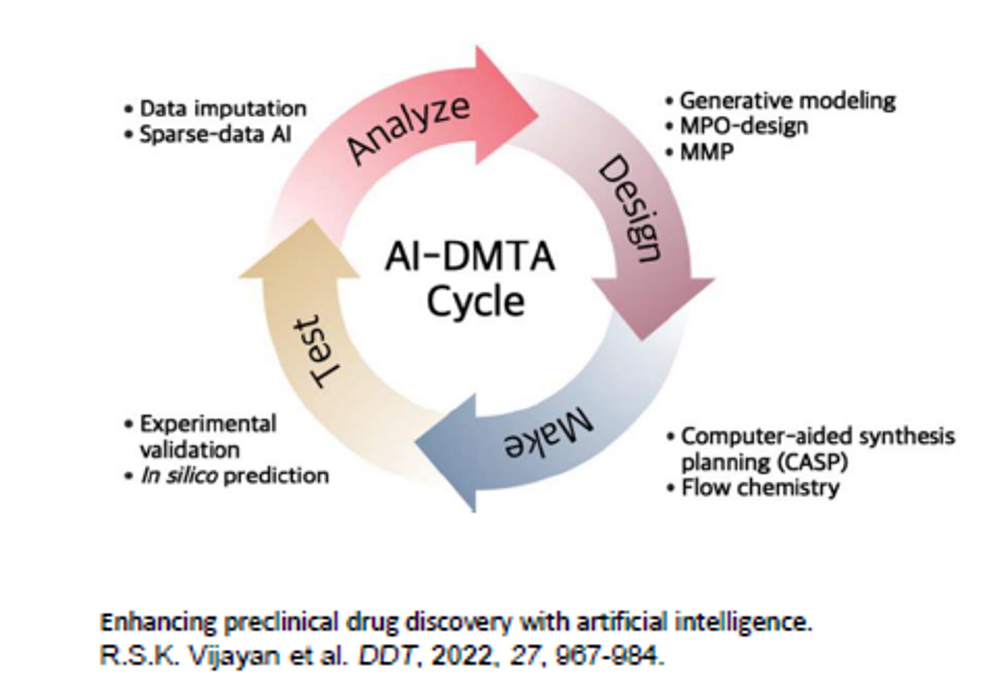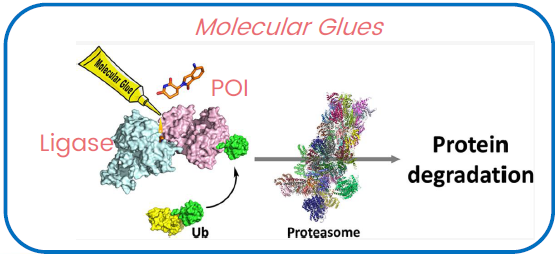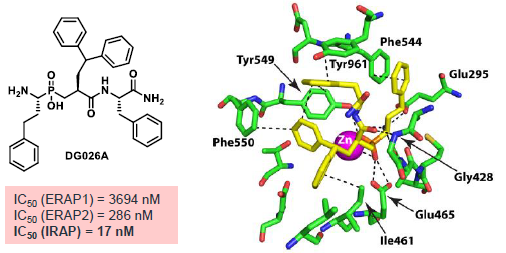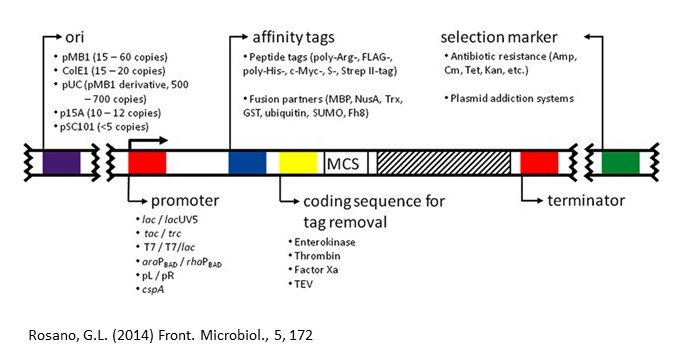
The latest 4th CAPSTONE Network Meeting occurred between October 19th and 21st in Athens, Greece under the joint organization provided from the National Centre of Scientific Research "Demokritos" and National and Kapodistrian University of Athens. The hosting teams of Pr. Efstratios Stratikos (NCSRD, GR) and Pr. Dimitris Georgiadis (NKUA, GR) brought together all of the involved researchers and related partners once again in a highly successful physical format. ESRs and their respective supervisors had the opportunity to participate into inspiring talks and interactive workshops divided into three main sections: industry/academia cooperations, drug discovery in Europe, exploring proteins and their role in drug discovery.
Programme
|
Programme Day 1 – 19th October 2022 |
||
|
Time |
Scientific workshop: Industry/Academia Cooperations |
Presenter |
|
9am-11am |
Cases studies |
A. Matralis (BSRC) / G. Rassias (UPatras) / D. Holmes (SOUTH) |
|
ESR presentation |
Presenter |
|
|
11:30am-4:30pm |
Analysis of the structure and mechanism of function of ERAP/IRAP |
Evgenia-Galateia Georgaki, NCRSD, Athens, GR |
| Distinct modulation of the immunopeptidome by allosteric inhibition of ERAP1 compared to KO-driven modulation |
Martha Spyridoula Nikopaschou, NCSRD, Athens, GR | |
| Effects of modulation of ERAP1 activity in antigen processing and presentation |
Shami Alvarez Mourid, University of Southampton, UK | |
| Role of the IRAP compartment in cross-presentation: deciphering molecular interactions and MHC class I trafficking | Alice Senni, University of Paris, FR | |
| ERAP modulation as an innovative strategy for cancer treatment | Paula Gragera Alvarez, OPBG, Roma, IT | |
| Effect of ERAP1 modulation on induction of protective anti-tumor immunity | Dario Vinicio Guglietta, University of Southampton, UK | |
| In vivo anti-tumor safety and efficacy of NK cell-based immunotherapeutic approach in preclinical models | Kamila Krol, OPBG, Roma, IT | |
| Molecular ecosystem of ERAP four distinct immune cell subsets from patients with ERAP-linked diseases - An update | Aroosha Raja, University Medical Center Utrecht, NL | |
| Exploring the role of trimming aminopeptidases on type-1-diabetes autoantigen presentation by MHC-class I molecules and disease |
Nadia Keelan, University of Paris, FR | |
| Design, synthesis and evaluation of hydroxymic acids and bioisosters as potent ERAP inhibitors | Ben He, ULILLE, FR | |
| Design and development of ERAP1 modulators by kinetic target-guided synthesis and fragment-based drug discovery | Vasileios Fougiaxis, ULILLE, FR | |
| Design, synthesis and evaluation of phosphinic transition-state analogues of ERAP/IRAP: an update | Sandra Llamas Rizo, National and Kapodistrian, University of Athens, GR | |
| Biomarker discovery, compound distribution, efficacy and toxicity analysis by Mass Spectrometry Imaging in ERAP-related models | Adele Ponzoni, Imabiotech, FR | |
| Development of drug delivery systems of ERAP/IRAP modulators | Filipa da Silva de Vasconcelos, Inocure, CZ | |
| Cheminformatics analysis: Ligand and Structure-based | Nikoletta Maria Koutroumpa, NovaMechanics, CY | |
|
Programme Day 2 – 20th October 2022 |
||
|
Time |
Scientific workshop: Drug Discovery in Europe |
Presenter |
|
9am-11am |
Advances in Medicinal Chemistry |
H. Lemoine (EDELRIS), D. Roche (EDELRIS) |
|
11:30am-1:30pm |
Discovery of ERAP Modulators |
V. Rodeschini (EDELRIS), D. Georgiadis (NKUA), R. Deprez-Poulain (ULILLE) |
|
Scientific workshop: Exploring proteins and their role in drug discovery |
Presenter |
|
|
2:30pm-4:30pm |
Protein Expression and purification |
A. Chroni (NCSRD), A. Mpakali (NCSRD), A. Papakyriakou (NCSRD) |
|
Programme Day 3 – 21th October 2022 |
||
|
Time |
Scientific workshop: Exploring proteins and their role in drug discovery |
Presenter |
| 9am-11am | Analysis of protein structure by X-ray diffraction and cryo-EM |
P. Giastas (AUA), N. Pinotsis (BBK), E. Saridakis (NCSRD) |
| 11:30am-1:30pm | Proteomics and Peptidomics | G. Panayotou (BSRC), M. Samiotaki (BSRC) |
| 2:30pm-4:30pm | NMR and computational methods | G. Spyroulias (UPatras), A. Papakyriakou (NCSRD), A. Afantitis (NVM) |
Details on presentations
The 1st training day started dynamically with Dr. Alexis Matralis (BSCR “Alexander Fleming”) presenting a few drug discovery projects that resulted from applying an industrial mindset into academic environment for identifying a novel anti-malarial drug candidate by a high-throughput screening (HTS) approach. Emphasis was given on target identification and validation through chemo- and phosphoproteomics. Pr. Gerasimos Rassias (Universty of Patras, GR) continued by highlighting the differences on how academia and pharmaceutical industry tackle global health challenges (funding, expertise, starting points, intellectual property, demands, publishable results, public-private partnerships, drug repurposing) and bridge their common interests. Morning session ended with Dr. Duncan S. Holmes (University of Southampton, UK) emphasizing the importance of effective collaborations and industrial networking opportunities by acting with a sense of enthusiasm and commitment. Pro-activeness and decision making are essential elements to understand the societal health needs.
The rest of day was devoted to the ESRs and their individual project presentations with latest updates regarding the conducted research and obtained results over the past months, including a short Q&A session with the audience present. A wonderful Athenian evening was provided by the organizing committee with a vivid guided tour around the hill of Acropolis, the ancient Agora and the historic monuments of central Athens combined with a much anticipated social dinner event.
During the 2nd training day, a panel of specialized scientists delivered insightful subjects around drug discovery in Europe. Dr Didier Roche (Edelris, Lyon, FR) introduced the perspectives of artificial intelligence (AI) in drug discovery as part of a multifactorial process. AI design of potential hit molecules and applications in protein modeling/identification, can boost significantly the small molecule optimization and candidate selection to pre-clinial stages.
A second part followed which focused on new examples and methods encountered during drug discovery. Generation of hit molecules can start through a HTS, fragment-based drug discovery (FBDD) approach or DNA encoded library technology (DELT). Existing biophysical methods (nuclear magnetic resonance NMR, HTS-mass spectrometry, affinity selection mass spectrometry ASMS) alongside with functional assays can facilitate hit molecule identification and verification of affinity.
Dr. Hugues Lemoine (Edelris, Lyon, FR) outlined the European Lead Factory (ELF) library as a unique public tool available for screening and quantifying a diverse collection of compounds for innovative drug discovery projects.
Additionally, Dr. Vincent Rodeschini (Edelris, Lyon, FR) introduced new advances in medicinal chemistry and drug discovery such as biologics and similar alternatives, covalent inhibitors, selective protein degradation through proteolysis targeting chimera (PROTAC) compounds, small interfering RNA (siRNA) technology and antisense oligonucleotide analysis.
The following session was dedicated to the most recent updates regarding the discovery of ERAP orthosteric or allosteric modulators. Pr. Dimitris Georgiadis (NKUA, Athens, GR) presented an overall review of ERAP/IRAP inhibitors starting from the initial efforts until the latest generation of reported compounds.
Pr. Rebecca Deprez-Poulain (University of Lille, Lille, FR) took the step to inform about the principles of bioorthogonal reactions and how her research group managed to apply a protein-templated strategy (kinetic target-guided synthesis) that identified potent and selective ERAP2 nanomolar inhibitors.
A specialized scientific workshop regarding the exploration of proteins and their role in drug discovery began with Dr. Aggeliki Chroni (NCSRD, Athens, GR). Dr. Chroni introduced the recombinant protein expression in E.coli, while also highlighting some options, approaches, and paradigms about recombinant proteins. The anatomy of the expression vector and the main characteristics of protein tags were presented.
Next speaker, Dr. Anastasia Mpakali (NCSRD, Athens, GR) continued by demonstrating other protein expression systems apart from E.coli, such as the Baculovirus system and the protein expression using mammalian cell lines. The key modification for turning the baculovirus into an expression system, and the benefits and drawbacks of the use of this expression system were also mentioned. At the end of the day, Dr. Athanasios Papakyriakou (NCSRD, Athens, GR) provided ESRs with an interactive hands-on workshop to familiarize with the visualization of biomolecular interactions using PyMOL.
The 3rd day of the network-wide event started with a session devoted to the analysis of protein structure by X-ray Diffraction and cryogenic electron microscopy (cryo-EM). Some pratical suggestions to overcome problems appearing in macromolecular crystallography were provided by Pr. Petros Giastas (Agricultural University of Athens, GR). The second part was presented by Dr. Nikolaos Pinotsis (Birkbeck College, UK), who outlined a general overview of structure resolution and refinement by Cryo-EM.
This part of lectures concluded with the presentation delivered by Dr. Emmanuel Saridakis (NCSR, Athens, GR). Dr. Saridakis highlighted some methods for the production and the optimization of macromolecular crystals. In addition, the driving force for crystallization and the steps to crystallization were presented.
An inspiring speech delivered by Dr. George Panayotou (BSRC “Alexander Fleming”, GR) about some basic principles of proteomic analysis. Following on the same tone, Dr. Martina Samiotaki (BSRC “Alexander Fleming”, GR) focused on peptidomics and especially on mass-spectrometry-based immunopeptidomics.
The last session of the network-wide meeting was dedicated to NMR and Computational Methods. First speaker was Pr. George Spyroulias (University of Patras, GR) who started with some basics in NMR spectroscopy and the exploitation of NMR conformational and functional dynamics in drug design. The importance of computational methods in drug design was highlighted by Dr. Athanasios Papakyriakou (NCSRD, Athens, GR) and Dr. Antreas Afantitis (NovaMechanics, CY). Dr. Papakyriakou presented the theory behind computational molecular dynamics, and the molecular dynamics calculations that have contributed in ERAP modulators. The last speaker, Dr. Afantitis, presented a useful medicinal chemistry tool developed by his company, named Enalos Suite of Tools chemoinformatics, demonstrating to ESRs some of the features it offers such as physicochemical property predictions, search in the chemical space, search for biological evaluations of molecules etc.
ESR words
"The 4th CAPSTONE meeting in Athens provided us with a series of inspiring sessions facilitated by experienced scientists. We had the opportunity to interact with fellow ESRs, as well as members of the consortium to exchange views and discuss our progress so far" Niki (ESR15)
"The 4th CAPSTONE meeting in Athens offered us another opportunity to be all together physically. I am very grateful to all the knowledge we acquired from the scientific workshops, as well as some constructive advice and suggestions about our research. Sharing our ups and downs, achievements and concerns with the others is always a reassuring way to come back highly motivated for your work in the next months, while always being excited for the next CAPSTONE meeting!" Filipa (ESR14)
"The multidisciplinary seminars provided by the hosts were truly insightful and allowed us ESRs to expand our competence. For me, it is always a pleasure and source of inspiration the scientific exchange that takes place during the CAPSTONE meetings" Adele (ESR13)


